I know this is an old blog but I have been working on this same issue and wanted to share my findings.
In AN10833 it clearly states that the UID + SAK are returned from performing a select. Using the java smartcard io library I can perform a select like this:
// Send pseudo APDU to retrieve the card serial number (UID)
int cla = 0xFF;
int ins = 0xCA;
int p1 = 0x00;
int p2 = 0x00;
byte[] data = null;
int dataOffset = 0x00;
int dataLength = 0x00;
int le = 0x00;
CommandAPDU getDataApdu = new CommandAPDU(cla, ins, p1, p2, data, dataOffset, dataLength, le);
ResponseAPDU r1 = channel.transmit(getDataApdu);
However, I am only returned the UID. I found documentation on the PC/SC API that changing P1 = 0x01 will change the response to the historical bytes (which worked for me).
(section 3.2.2.1.3 from here: http://pcscworkgroup.com/Download/Specifications/pcsc3_v2.01.09.pdf)
Unfortunately, for the off-the-shelf readers I have access to I could not find the parameters to return the SAK. In a different reader's API document I found that if p2 = 0x01 the ATQA + UID + SAK is returned (this reader is propitiatory and I cannot share the doc).
I believe if your reader supports it (or you are coding at a low enough level to control the reader itself) you can get/request the exact SAK. Otherwise you may need to use the ATS/ATR to determine the card type.
Note, in Java here is the code to grab the ATS/ATR:
// wait 10 seconds for a card
CardTerminal terminal = terminal.waitForCardPresent(10000);
Card card = terminal.connect("*");
ATR atr = card.getATR();
From there, the ATR can be processed as vikky mentioned above.
I will respond with anything else I learn.

